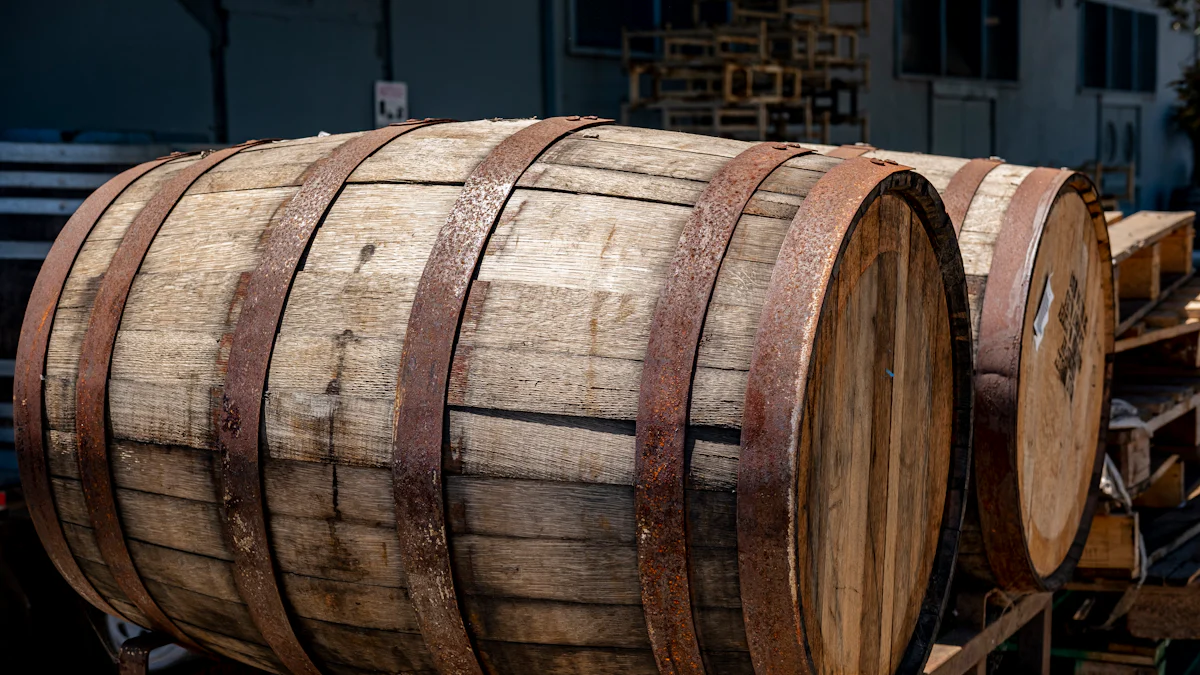Cleaning a wine tanks in the winery is one of the most important tasks the winemaker has the most control over in the cellar.It is often said, and very nearly true, winemaking is 95% cleaning. Data is shy when it comes to how to clean certain parts of the operation; yet, here is a step by step process of how to clean a stainless steel wine tank in the cellar. Please keep in mind every cellar visited may have some conditions that may need to have this plan adjusted.

Materials Needed for Wine Tank:
*Cleaning agents: Sodium carbonate (soda ash), potassium metabisulfite, or specialized wine tank cleaners
*High-pressure hose or pressure washer
*Scrub brushes
*Rags or sponges
*Water source
Steps:
1.Prepare the Wine Tank:
Empty the wine tank completely. Make sure no residual wine or sediments remain.
Disconnect any fittings or attachments from the tank.
2.Rinse with Water:
Use a high-pressure hose or pressure washer to rinse the tank thoroughly. This step helps remove loose debris and residues.
3.Cleaning Solution Preparation:
Prepare a cleaning solution suitable for wine tanks. You can use a mixture of sodium carbonate (soda ash) or potassium metabisulfite dissolved in warm water. Follow manufacturer recommendations for dilution ratios.
4.Apply the Cleaning Solution:
Fill the wine tank with the prepared cleaning solution.
Let the solution soak for a recommended duration. This allows it to break down any remaining residues or deposits.
5.Scrubbing:
Use scrub brushes to clean the interior surfaces of the tank thoroughly. Pay attention to corners, seams, and any areas where residues might accumulate.
6.Rinse Again:
After scrubbing, thoroughly rinse the tank with clean water. Make sure there is no leftover cleaning solution or residue.
7.Sanitization:
Sanitize the wine tank using a solution of potassium metabisulfite or a specialized sanitizing agent. This helps kill any remaining microbes and ensures a clean environment for the next batch of wine.
8.Final Rinse:
Perform a final rinse with clean water to ensure the tank is free from any sanitizing solution.
9.Dry and Reassemble:
Allow the wine tank to air dry completely before reassembling or storing it.
10.Regular Maintenance:
Establish a regular cleaning schedule for the tank to prevent the buildup of residues and maintain sanitation.
Summary
Wine Tank cleaning is extremely important. It can be done easily just after the tank has been emptied. Set your wine tank cleaning system up to be as easy as possible and make sure the cellar staff is keenly aware of your expectations. Tanks that are not cleaned properly should not be used and instructions to clean them again would be prudent. Remember, wine is a product that you and others will drink. Use wine tanks that are cleaned with the same amount of dignity that you want your beverages prepared in.



